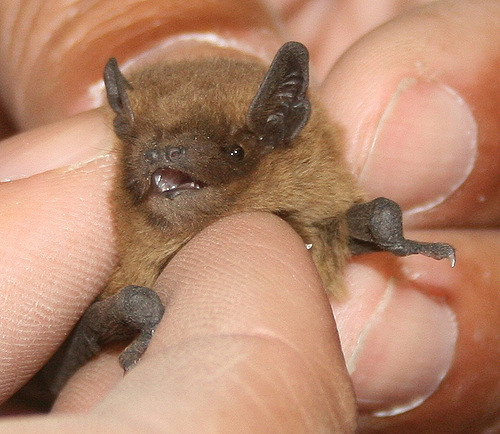Abstracts: AI, Ugly Animals, Zika, and More
• In March, Google’s AlphaGo beat the best human player in a game of GO. It was marked as a big event in the world of Artificial Intelligence, but what can it tell us about ourselves? (Wired)

Less lovable mammals, like bats, get only 11 percent of the attention in papers despite making up 45 percent of mammals species. (Visual by fs-phil/Flickr)
• According to new research, even scientists — or their funders — have a bias against studying ugly mammals.(Scientific American)
• An inside look at how hospitals are secretly throwing their weight against health-insurance mergers. (STAT)
• Painting canaries red: How canaries became one of the first cases of purposefully merging two species’ DNA. (The Atlantic)
• Simply by changing the way they count Zika cases, the CDC has tripled the number of pregnant women who might be infected. (LA Times)
• The majority of young environmental scientists don’t have a strong background in natural history, and it’s hurting research. (Scientific American)
• A huge floating solar array, or floatovoltaic, is being built atop a Japanese reservoir. Is this the future of solar power? (New York Times)
• IBM’s Watson is helping California through its drought. (Popular Science)
• And finally, why researchers gathered in Vatican City to discuss the fight against cancer. (New Yorker)










